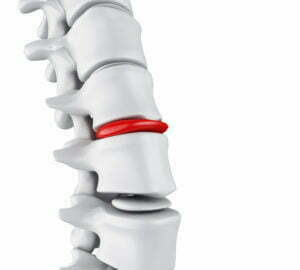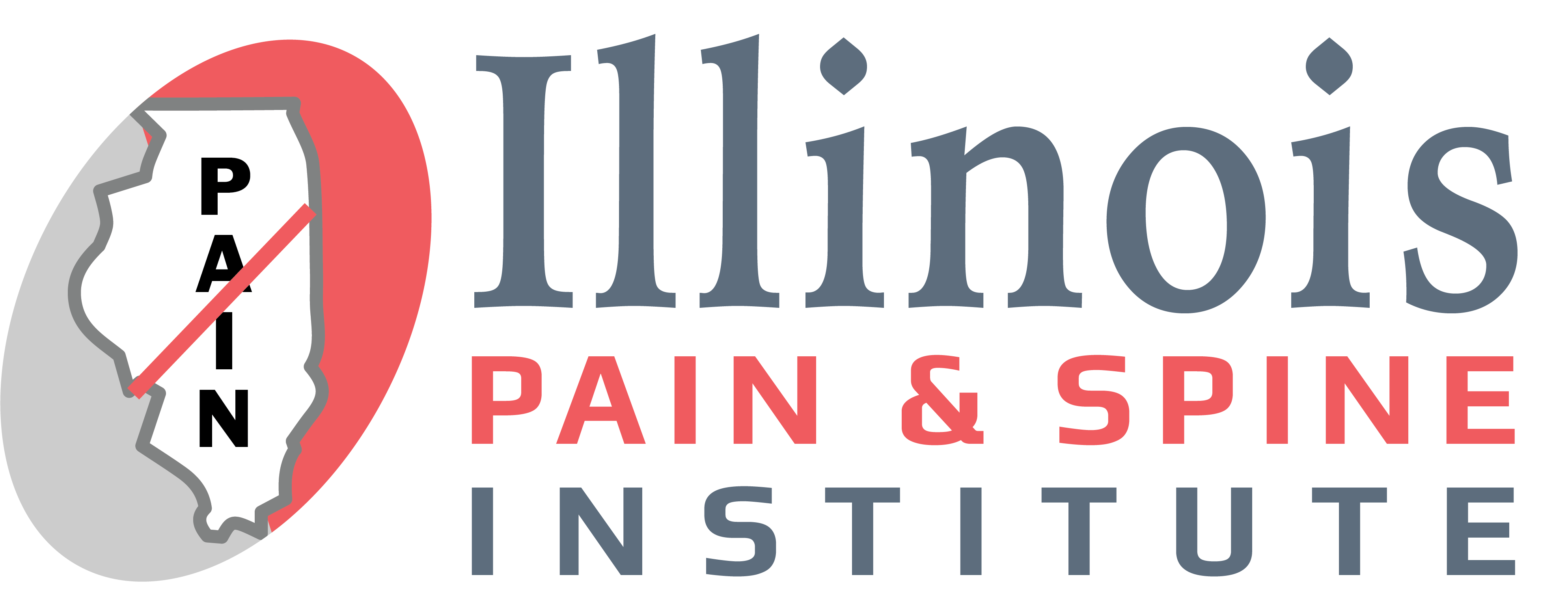20 Jul Percutaneous Discectomy for Herniated Discs
Percutaneous discectomy is a minimally invasive procedure used to help those suffering from a herniated disc. Herniated discs are a very common cause of spinal pain and occur when there is a problem with the rubbery cushioning between spinal bones. As people age, this cushioning can push through a crack in the exterior casing. Some people experience no symptoms while others experience extreme pain. Fortunately, percutaneous discectomy can help reduce the amount of pain patients feel.
Patients who suffer from a herniated disc may suffer from arm and leg pain, numbness or tingling, or weakness in the extremities. However, some people may be suffering from a herniated disc and never show any symptoms. The most common cause of herniated discs is aging and general wear and tear on the body. As people age, these discs become less flexible and more prone to tearing or rupturing. They are also commonly caused by using your back muscles instead of leg muscles to lift heavy objects. Excess weight, smoking, genetic predisposition, and certain occupations may put you at an increased risk of developing a herniated disc.

If you notice your symptoms are worsening quickly, you are having trouble controlling your bladder or bowel, or you begin to lose feeling in your inner thighs, you should seek medical attention immediately. While exercise, good posture, and maintaining a healthy weight can help to lessen your likelihood of a herniated disc, there is no guaranteed way to prevent it. If you are suffering from pain related to a herniated disc, percutaneous discectomy can help to relieve some of that pain.
During a percutaneous discectomy, a needle is placed in the center of the disc to remove tissue from the nucleus of the herniated disc. This allows the disc to become decompressed. This procedure is particularly helpful for patients who are experiencing pain from a herniated disc who has not experienced a rupture of the disc wall. The procedure may take 20 minutes to an hour, and the patient must stay 2-3 hours after the procedure to ensure everything went smoothly.
Patients who do well during the procedure should experience leg and herniated disc pain relief within a few weeks of undergoing the procedure. However, it is still recommended that these patients refrain from lifting anything heavy and from sitting for long periods of time. The procedure is minimally invasive and can help to prevent the need for spinal surgery down the road.
Herniated disc pain can be excruciating. In many cases, patients experience a diminished quality of life due to chronic pain, an inability to show up to work or social functions, and an inability to pick up or play with their kids. Many patients suffering from herniated disc pain may feel like their only option is surgery. However, percutaneous discectomy offers a minimally invasive alternative to spinal surgery. Many patients who undergo percutaneous discectomy to help with herniated disc pain experience a significant amount of relief and can get back to their normal daily activities within a few weeks.

